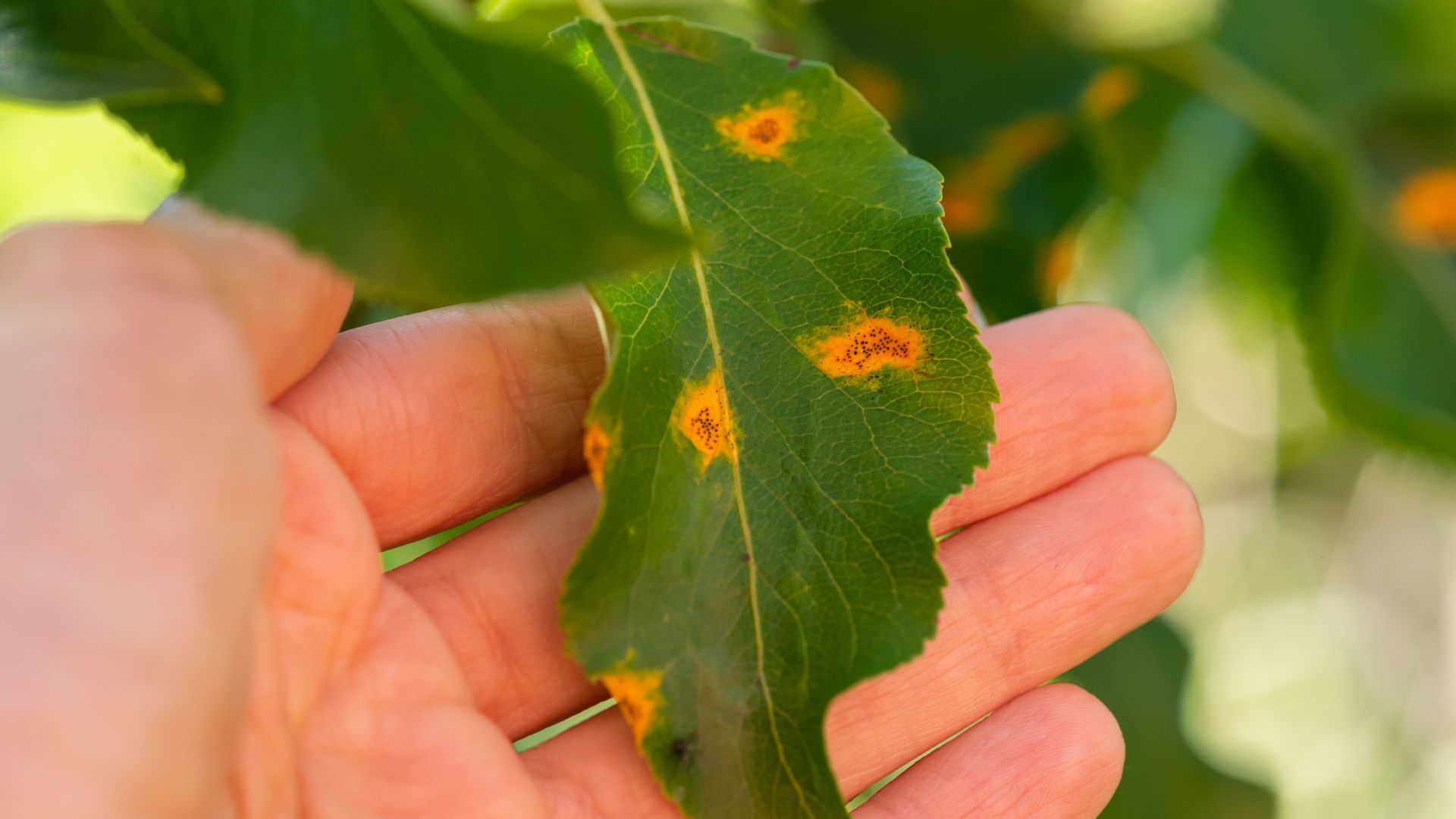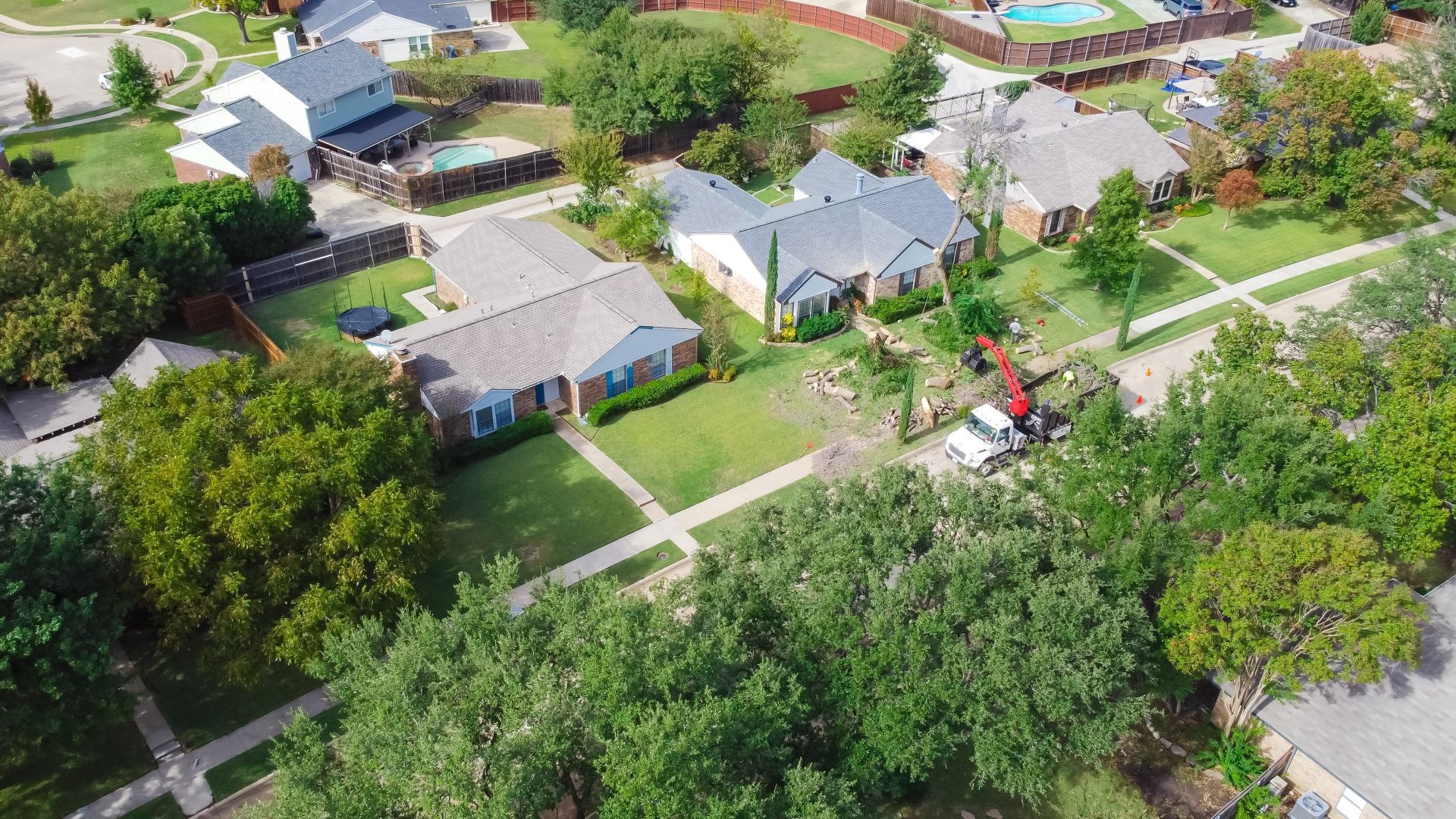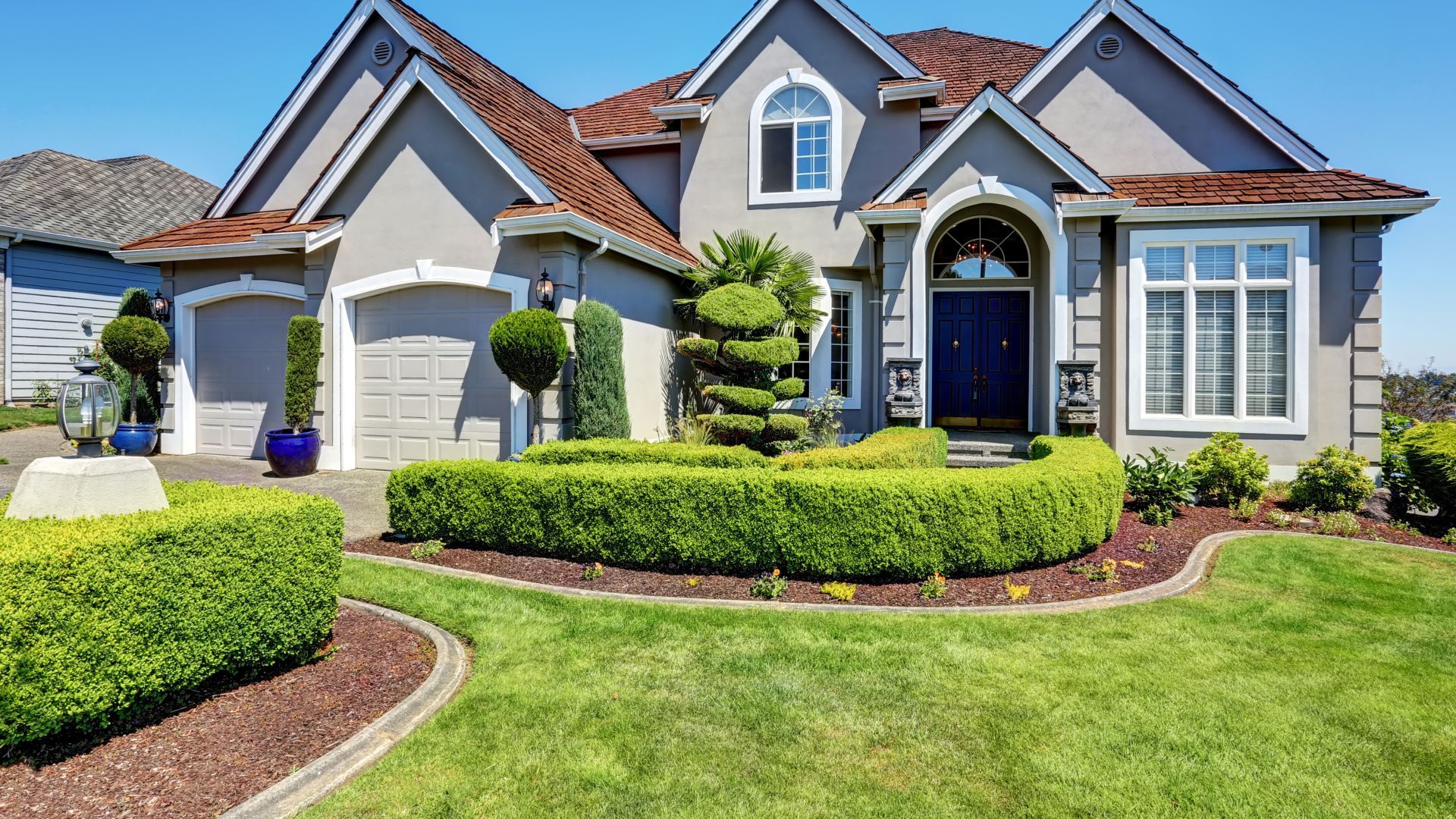How to Protect Your Trees from Common Pests and Diseases
As a homeowner with trees on your property, it's important to be proactive in protecting them from common pests and diseases. Trees are valuable assets that provide shade, enhance curb appeal, and improve air quality. By taking the necessary steps to prevent infestations and infections, you can ensure the health and longevity of your trees for years to come. In this blog post, we will discuss some tips on how to protect your trees from common pests and diseases.
- Regular Inspections: One of the best ways to protect your trees is to conduct regular inspections. Look for signs of pests such as holes in the leaves, chewed bark, or visible insects. Also, keep an eye out for symptoms of diseases such as discolored leaves, wilting, or dead branches. By catching issues early, you can take action before they become severe.
- Proper Pruning: Pruning your trees can help improve their overall health and prevent the spread of diseases. Remove dead or diseased branches, as they can attract pests and spread infections. Additionally, pruning can promote proper air circulation and sunlight exposure, which are essential for the health of your trees.
- Mulching: Mulch around the base of your trees can help retain moisture, regulate soil temperature, and improve soil quality. A healthy tree is better equipped to defend against pests and diseases. Use organic mulch such as wood chips or bark to create a protective layer around the tree. Just be sure not to pile mulch against the trunk, as this can cause rot.
- Watering: Proper hydration is key to the health of your trees. Be mindful of drought conditions and water your trees during dry spells. Overwatering can lead to root rot, so it's important to find a balance. Consider using a soaker hose or drip irrigation to deliver water directly to the roots.
- Avoiding Stress: Trees that are stressed are more susceptible to pests and diseases. Avoid injuring your trees with lawnmowers or weed trimmers, as open wounds can attract pests. Also, be cautious when planting new trees near existing ones, as competition for nutrients can stress both trees.
- Professional Help: If you notice signs of pests or diseases on your trees, don't hesitate to seek professional help. A certified arborist can accurately diagnose the issue and recommend the appropriate treatment. Whether it's pruning, insecticide application, or disease management, a tree care professional can help protect your trees.
By following these tips, you can help protect your trees from common pests and diseases. Remember that prevention is key when it comes to tree care. With proper maintenance and vigilance, you can ensure that your trees remain healthy and beautiful for years to come.



